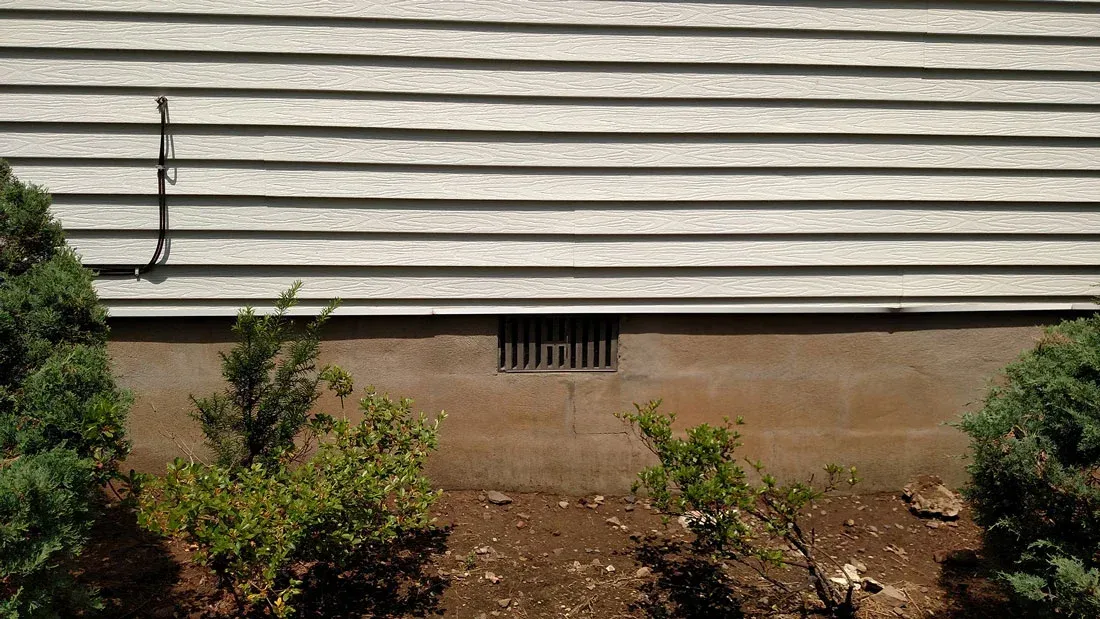Crawl Space Moisture Management: The Superior Performance of Closed Crawl Spaces

Crawl spaces are often overlooked in home maintenance, yet they play a critical role in a building's overall health and safety. A recent study, funded by the U.S. Department of Energy, has provided new insights into how different crawl space designs impact moisture levels, mold growth, and energy efficiency. This research is particularly relevant for homeowners in humid climates, such as Myrtle Beach, where moisture control is a constant challenge.
The Study: Comparing Wall-Vented and Closed Crawl Spaces
The study was conducted in North Carolina, a region known for its high humidity. Twelve identical homes were constructed, each featuring a crawl space. These homes were divided into two groups: one group had traditional wall-vented crawl spaces, while the other group had closed crawl spaces, meaning they were sealed off from the outside environment. Over the course of nearly two years, researchers monitored various factors such as temperature, moisture levels, mold presence, and energy usage to understand the effectiveness of different crawl space mold remediation approaches.
Moisture and Mold Control
The results were clear: closed crawl spaces consistently outperformed their wall-vented counterparts. During the humid summer months, the closed crawl spaces remained dry, with moisture levels well below the threshold that promotes mold growth. In contrast, the wall-vented crawl spaces were damp for a significant portion of the time, creating a perfect environment for mold to thrive, highlighting the importance of effective crawl space mold remediation.
The moisture levels in wall-vented crawl spaces closely followed the outdoor humidity, staying above 70% relative humidity (RH) for about 80% of the time. This is particularly concerning because mold tends to grow in environments where the RH is above 70%. On the other hand, closed crawl spaces maintained moisture levels between 50% and 60% RH, effectively preventing mold from taking hold. This demonstrates the superior performance of closed crawl spaces in terms of crawl space mold remediation.
Energy Efficiency: A Bonus
Beyond the apparent benefits of mold prevention, the study also revealed that closed crawl spaces offer significant energy savings. Homes with closed crawl spaces experienced lower heating and cooling costs than those with wall-vented crawl spaces. This is because closed crawl spaces help maintain a more consistent temperature, reducing the workload on HVAC systems.
Implications for Homeowners in Myrtle Beach
The findings of this study are particularly relevant to homeowners in Myrtle Beach. The region’s humid climate makes crawl space moisture management a top priority. Traditional wall-vented crawl spaces may contribute to mold problems and higher energy bills without homeowners even realizing it.
Switching to a closed crawl space system could offer better moisture control, improved air quality, and lower energy costs. As the study shows, the benefits of closed crawl spaces are clear, making them a wise investment for any homeowner looking to protect their home and health.
What is the Best Crawl Space Mold Remediation?
The research funded by the U.S. Department of Energy highlights the superiority of closed crawl spaces in managing moisture, preventing mold, and enhancing energy efficiency. Adopting a closed crawl space design could provide long-term benefits for those living in humid climates like Myrtle Beach, safeguarding both your home and your wallet.
If you’re concerned about moisture and mold in your crawl space, contact MasterTech of Myrtle Beach today. Our experts can help you assess your crawl space and recommend the best solution to keep your home dry, safe, and energy-efficient through effective crawl space mold remediation.



